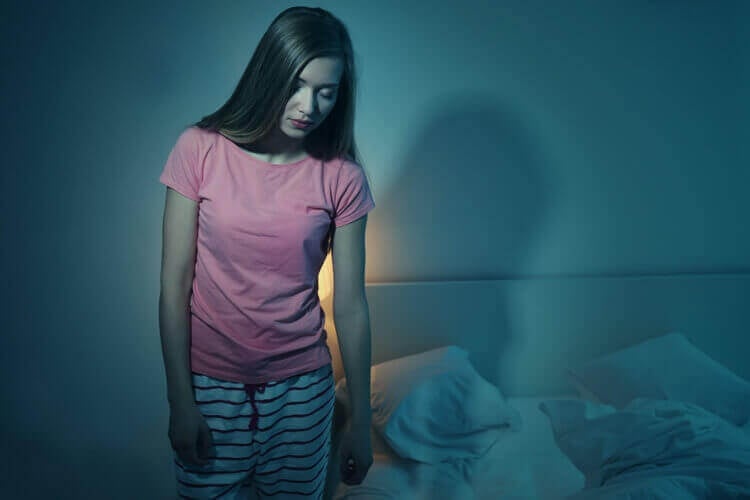Sleepwalking in Children: Understanding and Protecting
Sleepwalking, also known as somnambulism, is a phenomenon that is usually not harmful, but it is important to set up the sleep environment so that the sleepwalker cannot injure himself. Here's what you need to know about sleepwalking and how to deal with it.
What is sleepwalking?
Sleepwalking is a parasomnia, a disorder in which abnormal symptoms or behaviors occur during sleep. It occurs in the first part of the night, one to three hours after falling asleep, during the phase of deep non-REM sleep, and has nothing to do with dreaming.
How common is it?
Sleepwalking can occur at any age, but it mostly affects children between four and 12 years old. About 15 to 20 percent of children sleepwalk at least once, with boys being affected more often than girls. In adults, it is less common, with estimates ranging from 1 to 4 percent.
Symptoms of sleepwalking:
- Abortive form: The person sits upright in bed and makes teetering movements.
- Manifest form: The sleeper gets up and walks around.
- The episodes usually last no longer than 10 to 15 minutes and can sometimes repeat during the same night.
- During sleepwalking, there is impaired consciousness and the sleepwalker barely reacts to stimuli from the environment.
- The sleepwalker usually does not remember anything about the event.
Causes of sleepwalking:
- Hereditary predisposition plays a role, with 10 to 20 percent of sleepwalkers having family members who also sleepwalk.
- Age: Children sleep deeply but exhibit high wakefulness, which can affect the transition from deep sleep to awake walking.
- Environmental factors such as daytime stress, changes in sleep-wake rhythms, fatigue and lack of sleep may play a role.
- Fever can be an eliciting factor in children who are prone to it.
- Alcohol or drug use and certain medications can trigger sleepwalking.
- People with obstructive sleep apnea syndrome may also exhibit nocturnal episodes of confusion and disorientation, similar to sleepwalking.
Is sleepwalking dangerous?
In general, sleepwalking is not harmful, but it is important to prevent sleepwalkers from injuring themselves. A regular sleep routine and a safe sleep environment can help reduce the impact of sleepwalking. Measures such as removing obstacles, locking stairs and doors, and using protective measures in the bedroom can all contribute to sleepwalker safety. It is important not to wake a sleepwalker, but to gently guide them to bed to minimize disruption of sleep.



























0 Comments
There are no comments yet, be the first one to comment....